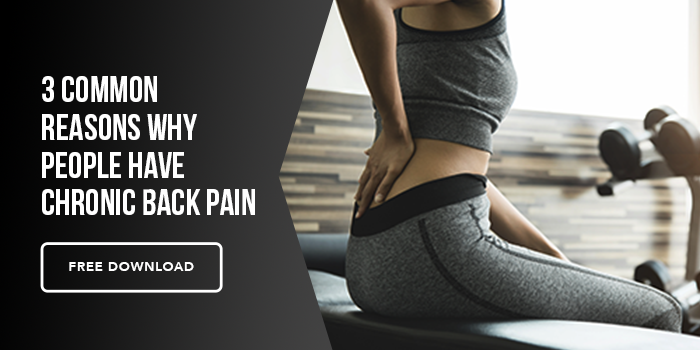We have all experienced aches and pains either from too much exercise or with that nagging old injury that never was the same. For the most part, we can deal with the pain from inflammation by using non-steroidal anti-inflammatory drugs (NSAIDs) (1). They are over the counter, easy to take and take away some of the pain to give us the relief we seek. However, in this article, I will discuss how taking these NSAIDs can cause more pain over time when used regularly.
Inflammation
Inflammation is part of the body's defense mechanism. It's not a bad process, as it's how the immune system recognizes and removes harmful and foreign stimuli to begin the healing process. Inflammation can be either acute or chronic (2). With continued use of NSAIDs, we block this inflammatory phase that has critical healing properties for stimulating and facilitating soft-tissue repair.
Acute inflammation is due to trauma, such as when you fall and hit your elbow, causing white blood cells to surround and protect the area creating swelling around the injured tissue. This is your body's way of fighting the infection and speeding up the healing process. Some studies show that even the use of NSAIDs after a skeletal injury can affect the tendons and bone by blocking the healing effects of inflammation (3).
On the other hand, chronic inflammation refers to a slower long-term inflammation lasting for more extended periods and can affect multiple areas of the body. White blood cells may attack other healthy tissue in the process, which further causes more inflammation. Diseases like diabetes, heart disease, and cancer are all associated with chronic inflammation.
What Are NSAIDs?
Some common NSAIDs are Aspirin, Ibuprofen, and Naproxen sodium. NSAIDs work by blocking the production of chemicals that cause inflammation in your body, which is not a good idea to keep taking over time. They are meant for short-term use because long-term use can cause issues with your gastrointestinal system, cardiac events, as well as joint pain.
Commonly, the aches and pains associated with chronic inflammation can show up as back pain, fatigue, joint pain, sleep problems as well as depression (4). In the case of chronic inflammation, it's common for people to pop a few NSAIDs daily to take away the signal of pain, but without actually getting to the root of the problem. We have to remember that pain is a signal, and by using NSAIDs, we are only turning that signal off, which won't help us solve the real cause of the pain.
So, taking NSAIDs daily for pain is not a good idea? Correct. Unfortunately, when we take these over the counter NSAIDs, we can damage our internal tissues in the process. Numerous studies show the acceleration of articular cartilage breakdown in those who have osteoarthritis and use NSAIDs for pain and inflammation. Articular cartilage lacks blood vessels and nerves and is affected by our biomechanics' wear and tear (5). Therefore, its structure has a limited capacity for healing itself and repairing. This is why the preservation of our articular cartilage is critical to our joint health.
Rather, the goal could be to break the loop of masking the pain and strengthen the mechanics of how you move. If we exercise and add load to a structure that is not in proper alignment, we only wear down our joints in a way that can cause more pain. If we are masking the pain with NSAID use and not changing how we move, we set ourselves up for possible osteoarthritis and more pain with improper biomechanics.
What you can do instead is work with a practitioner to identify the cause of the pain and begin a proper mobility program like MAPS Prime. By learning how to move better and stop taking NSAID's, you will be able to use your joints in a way that is more supported for long term use.
1) https://my.clevelandclinic.org/health/drugs/11086-non-steroidal-anti-inflammatory-medicines-nsaids
2) https://www.health.harvard.edu/staying-healthy/understanding-acute-and-chronic-inflammation
3) https://www.ncbi.nlm.nih.gov/pmc/articles/PMC3764618/






